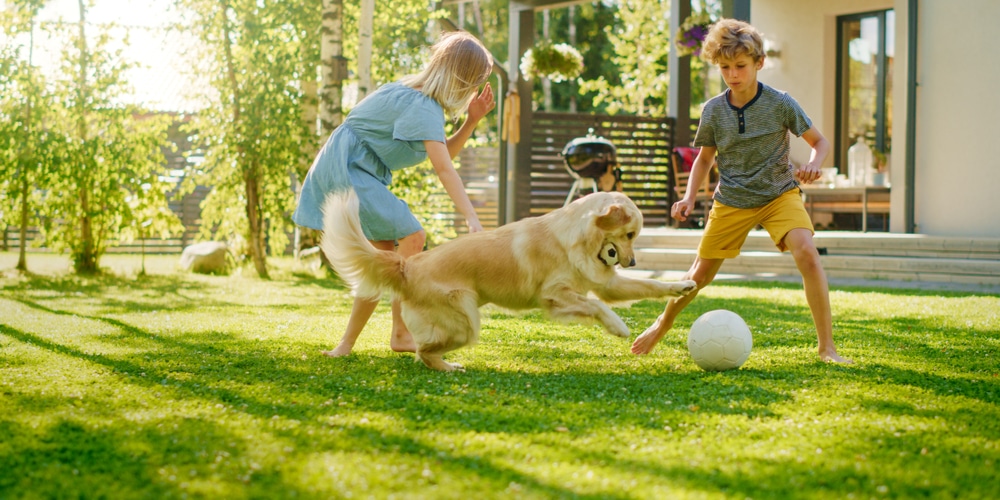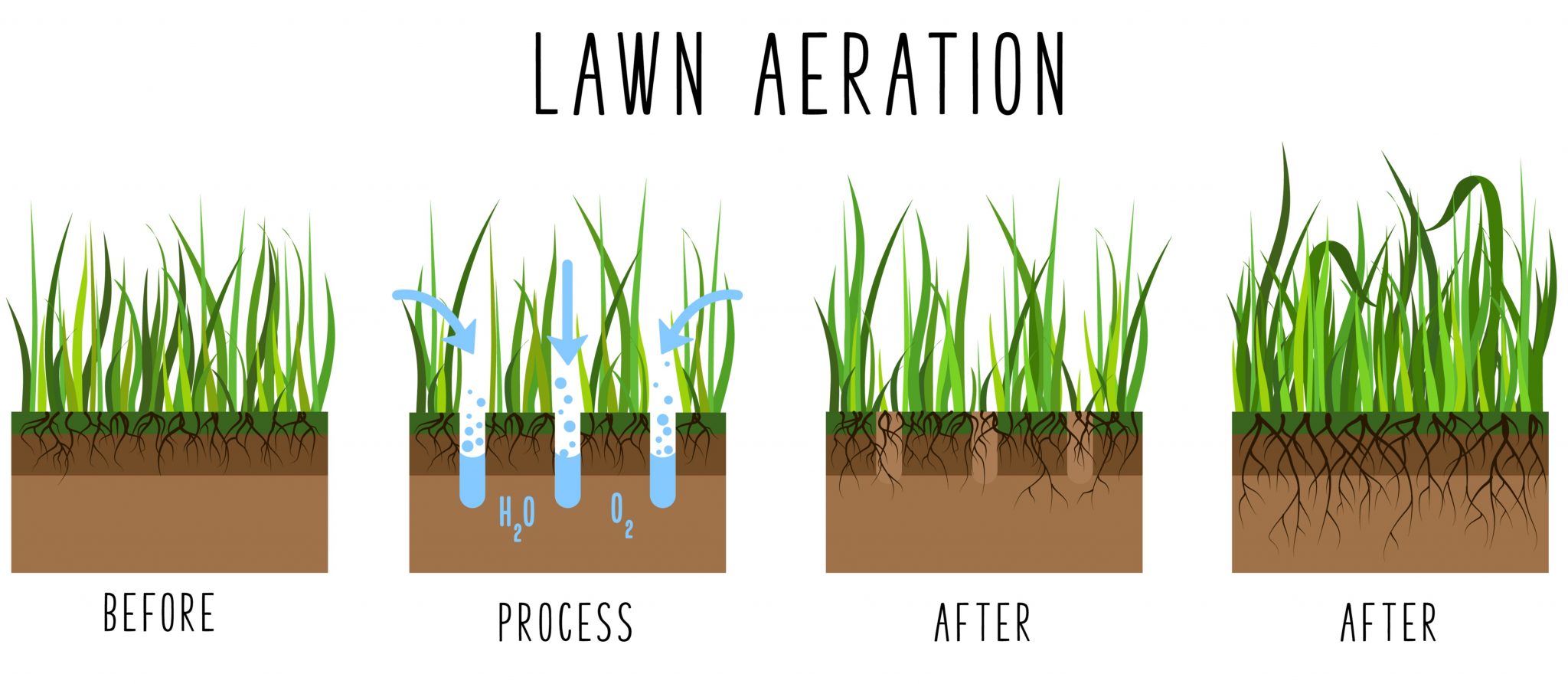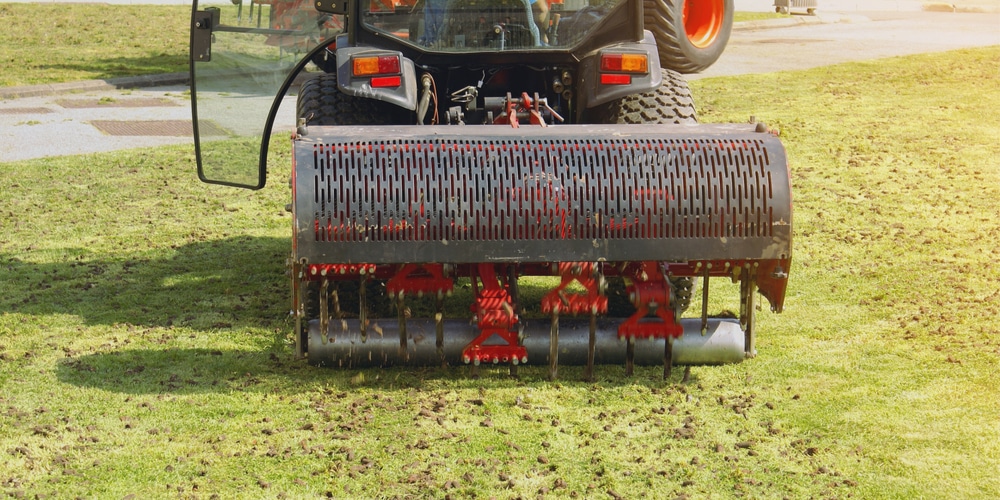Centipede grass is one of the most distinctive types of grasses, with its long, colorful blades that curl inward at the tips. This gives it a distinctive zig-zag look that sets it apart from other types of grass. Additionally, centipede grass grows relatively slowly and reaches approximately 2 feet in height.
However, despite these unique properties, centipede grass is equally susceptible to common lawn diseases and pests. As a result, it is vital to take measures to protect your centipede grass from these potential threats. One way to do this is by aerating the soil around your centipede grass.
Aeration is the process of poking holes in the ground to allow air, water, and nutrients to reach the roots of your grass. This is especially important for centipede grass, as it has a shallow root system.
By aerating the soil, you will help your centipede grass to grow strong and healthy.
Should You Aerate Centipede Grass?

There are a few factors that you should consider when deciding whether or not to aerate your centipede grass. The first is the age of your grass. If you have newly planted centipede grass, it is essential to wait until the grass has had a chance to establish itself before aerating.
This usually takes about a year. Aerating too early can damage the grass and make it more susceptible to disease.
The second factor is the condition of your soil. If you live in an area with sandy soil, aeration is crucial. This is because Sandy soil does not hold onto nutrients well, so they need to be replenished frequently.
Additionally, sandy soil tends to compact easily, preventing air and water from reaching the roots of your grass.
Moreover, your lawn’s overall condition also plays a role in deciding whether aerating is a good idea or not. If your lawn is in good condition, with no visible signs of damage, then you probably don’t need to aerate.
However, if you notice that your grass is thinning or dying in patches, aeration may be necessary. Thinning or drying patches are signs that the roots are not getting enough air, water, or nutrients.
The final factor to consider is your lawn’s amount of traffic. If you have a lot of foot traffic on your lawn, aeration is necessary to keep the grass healthy. This is because compacted soil can prevent nutrients from reaching the roots of the grass.
Additionally, if you have pets that use the lawn frequently, their claws can also compact the soil and eventually damage the grass.
When Is the Best Time to Aerate Centipede Grass?
Centipede grass is a warm-season grass, so it should be aerated in late spring or early summer. This will give the grass plenty of time to recover before the hot summer months. Doing the process before or after the ideal time period increases the risk of damaging the grass.
You should aerate your centipede grass every one to two years. This will help to keep the soil healthy and prevent compaction. Additionally, frequent aeration may be necessary if you notice any signs of damage or disease.
Aerating Centipede Grass?
If you have decided that aeration is necessary for your centipede grass, there are a few things that you need to do to ensure that the process is done correctly.
First, you need to make sure that the grass is dry. Wet grass is more susceptible to damage, so it is important to wait for a day when there is no rain in the forecast.
Next, you need to mark off any areas where you do not want to aerate. This includes gardens, walkways, and other places where you do not want holes. Once you have marked off these areas, decide which type of aeration tool you want to use.
There are two main ways to aerate your lawn: mechanical and manual.
Manual Aeration
For small patches of centipede grass, manual aeration is the best option. You can purchase an aeration tool at your local gardening store or simply use a garden fork.
Be sure to avoid walking on the grass while you work, as this can compact the soil and damage the roots. Insert the fork into the ground at regular intervals, being careful not to go too deep. In general, it’s best to aerate in the spring or fall when the grass is actively growing.
Machine Aeration
If you have a large lawn, you may want to invest in a machine aerator. This is a powerful tool that has spikes that will poke holes in the ground as you push it across your lawn.
This tool can also be rented from most home improvement stores. Once you’ve selected an appropriate machine, simply follow the instructions provided by the manufacturer.
In general, you’ll want to aerate your lawn in the same way that you would with a manual tool: by inserting the machine at regular intervals and being careful not to damage the roots.
Aerating Centipede Grass: Final Thoughts
Aerating your centipede grass is a simple and effective way to keep your lawn healthy. By aerating the soil, you allow air, water, and nutrients to reach the roots of the grass.
This process should be done every one to two years and is best done in late spring or early summer. There are two main ways to aerate your lawn: manually, with a tool such as a garden fork, or mechanically, with a machine such as an aerator.
Both methods are effective, so it’s up to you to decide which is best for your lawn.
Related Article: Can You Mow After Aeration?

